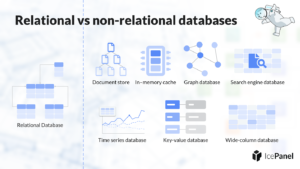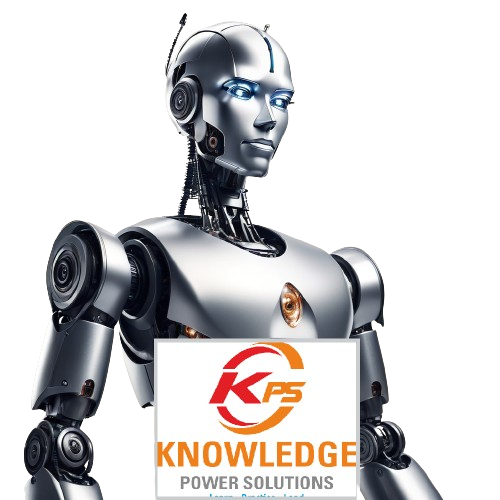Relational Databases (RDBMS) vs. NoSQL Databases
|
Feature |
Relational Databases (RDBMS) |
NoSQL Databases |
|
Data Model |
Structured data in tables (rows & columns) |
Schema-less or flexible schema (documents, key-value, etc.) |
|
Schema |
Fixed schema (predefined structure) |
Flexible schema (dynamic, schema-less) |
|
Examples |
MySQL, PostgreSQL, Oracle |
MongoDB (Document), Cassandra (Wide-column), Redis (Key-value) |
|
Data Relationships |
Supports complex relationships via joins |
Avoids joins, uses de-normalized data for relationships |
|
Query Language |
SQL (Structured Query Language) |
Query mechanisms vary: MongoDB (JSON-like), Cassandra (CQL) |
|
Transactions |
ACID compliance (strong consistency) |
BASE (eventual consistency, some support for ACID) |
|
Scaling |
Vertical scaling (scaling up) |
Horizontal scaling (scaling out, distributed across nodes) |
|
Performance |
Optimized for transactions and complex queries |
Optimized for high throughput, distributed environments |
|
Storage Format |
Tables with rows and columns |
Documents (JSON, BSON), key-value pairs, wide-columns, etc. |
|
Consistency |
Strong consistency |
Eventual consistency (some databases offer strong consistency) |
|
Best Use Cases |
Financial systems, inventory, CRM, ERP |
Big data analytics, IoT, real-time applications, social media |
|
Scaling Complexity |
Complex horizontal scaling (requires sharding) |
Easy horizontal scaling (data distributed by default) |
|
Handling Unstructured Data |
Less flexible for unstructured data |
Designed for unstructured and semi-structured data |
This table provides a quick and clear comparison of the two database types based on key factors.

- Schema less Databases. There are several benefits of a schema less database over a schema-based database. First, there is greater flexibility over data types. You can also make data type changes without taking the database offline or updating connected systems.
- Data normalization–Removes redundancy from a database and introduces non-redundant, standardized data.
- De-normalization — A process used to combine data from multiple tables into a single table that can be queried faster.
- Horizontal scaling refers to adding additional nodes.
- Vertical scaling describes adding more power to your current machines
Use Cases:
- Real-time analytics, content management systems, recommendation engines, IoT data, large-scale distributed applications.
